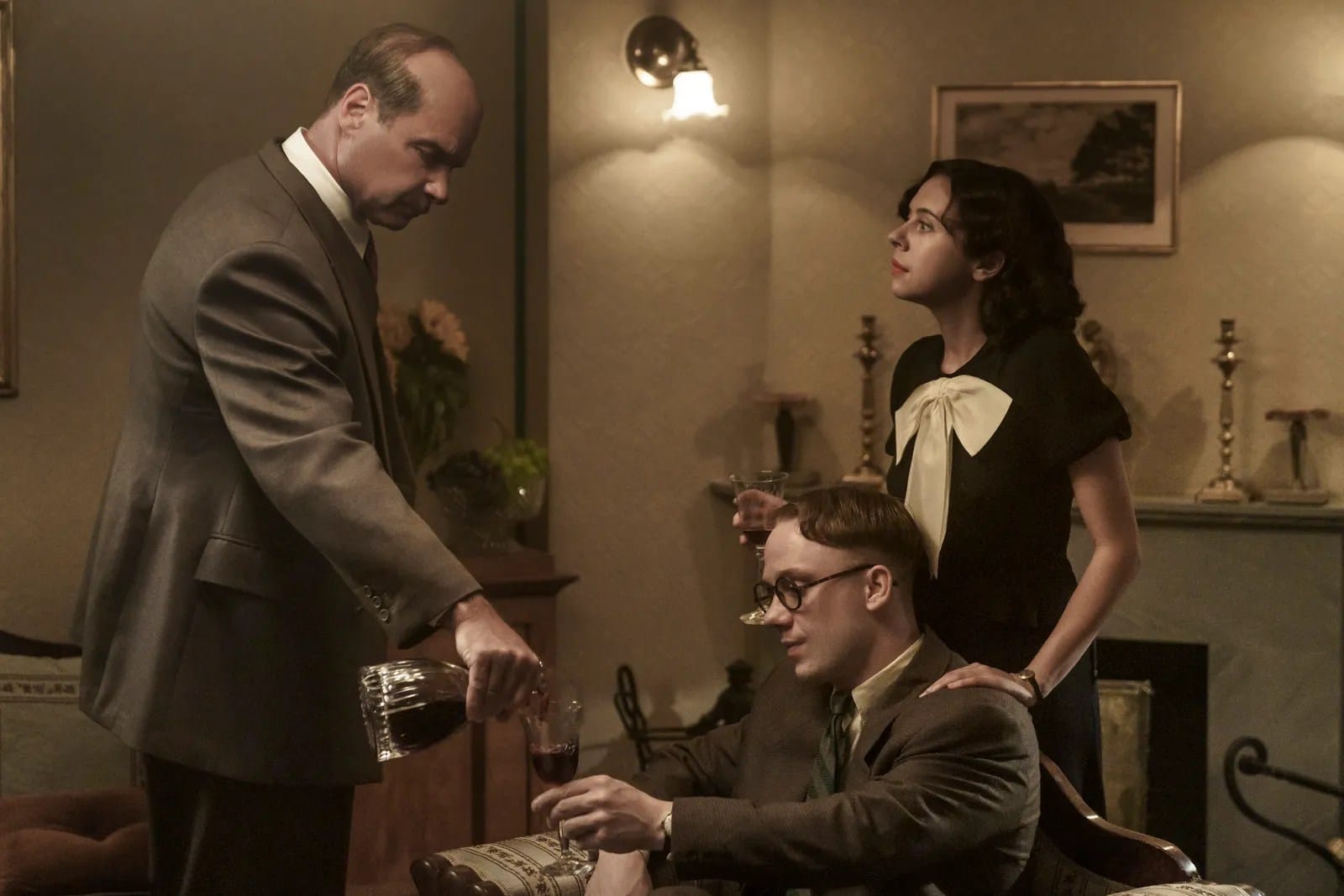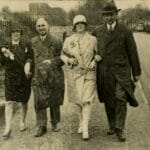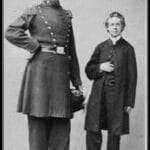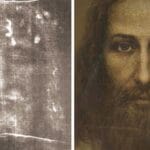Meet Jan Gies, a man whose story, though intertwined with Anne Frank’s, often takes a backseat in historical accounts. While not as widely known, Jan’s bravery and compassion during the horrors of the Holocaust are no less inspiring. His unwavering support for those in hiding, particularly the Frank family, serves as a testament to the strength of the human spirit, even in the bleakest of times.
A Beacon of Hope in Dark Times
Jan Gies, a seemingly ordinary man working as a civil servant, became an extraordinary beacon of hope during one of history’s darkest chapters. While not a soldier or politician, his courage and compassion shone brightly in the face of unimaginable danger. He, along with his courageous wife Miep, became a guardian to the Frank family and others seeking refuge in the Secret Annex.
Imagine the risks Jan took every single day. He cleverly used his everyday job, not for personal gain, but as a way to fight back against the Nazi regime. He navigated the system to obtain ration coupons, those small slips of paper that meant the difference between life and death for those hidden away. But Jan provided more than just sustenance; he was a lifeline to the outside world. Books, newspapers – anything to keep their spirits high and remind them that good still existed in the world.
Jan’s bravery extended far beyond the walls of the Annex. He was deeply involved in the Dutch resistance movement, risking his life to sabotage the Nazi war machine and provide vital information to those fighting back. Every day was a gamble, a tightrope walk between courage and capture, but Jan never wavered.
August 4, 1944, marked a devastating turning point when the Nazis stormed the Secret Annex. Jan, present during the raid, was helpless to stop the inevitable. The weight of that moment, the pain of witnessing the capture of those he so bravely protected, likely remained etched in his memory forever. Yet, from the ashes of that tragedy, Jan and Miep knew they had to keep Anne’s story alive. They carefully protected her diary, ensuring its survival and eventual publication, transforming it into a testament to the resilience of the human spirit.
Jan Gies, a quiet hero in the truest sense, reminds us that even amidst immense darkness, ordinary people can achieve extraordinary things. He wasn’t driven by fame or recognition, but by an unwavering belief in human decency. His legacy, alongside Miep’s, stands as a powerful reminder of the importance of standing up for what’s right, no matter the cost.
Decoding Miep Gies’ Son: What Happened to Paul Gies?
Miep Gies’ story of bravery during World War II, particularly her efforts to protect Anne Frank and her family, is well documented. But behind this tale of courage lies another narrative, often overlooked – the story of her son, Paul Gies.
Born in 1950, Paul grew up in the shadow of extraordinary events. One can only imagine what it was like to be raised by parents who risked everything to protect others during the Holocaust, carrying the weight of their story and the tragic fate of Anne Frank. While Paul himself has chosen a life away from the spotlight, his very existence speaks volumes. It’s a powerful reminder that the impact of war echoes through generations, shaping the lives of those who come after.
Although we may not know all the details of Paul’s life, his story prompts us to think about the children of war heroes – often hidden figures living with the legacy of their parents’ past. It’s a perspective we don’t often consider, reminding us that the consequences of war are far-reaching and deeply personal.
Unmasking the Fate: What Happened to Those Who Hid Anne Frank?
Jan Gies stands out as one of the brave souls who helped keep Anne Frank and her family safe during the Holocaust. For over two long years, he, along with his wife and a handful of others, put his life on the line every single day for them. His actions demonstrated a deep sense of empathy and a willingness to fight injustice.
Sadly, on August 4, 1944, their secret hiding place, known as the Secret Annex, was discovered by the Gestapo. All eight individuals – the Frank family (Otto, Edith, Margot, and Anne), the Van Pels family (Hermann, Auguste, and Peter), and Fritz Pfeffer – were arrested, along with two of their helpers, Victor Kugler and Johannes Kleiman.
The identity of the betrayer remains uncertain, although several theories exist, leaving historians with unanswered questions. How did they manage to stay hidden for so long? What were the daily challenges they faced? Ongoing research may shed more light on these details, providing us with an even richer understanding of this remarkable story.
The Frank family and their protectors were deported to concentration camps. Tragically, Anne and Margot Frank succumbed to typhus in Bergen-Belsen camp in February/March 1945. Edith Frank died in Auschwitz-Birkenau on January 6, 1945. Hermann van Pels died in Auschwitz, Auguste perished en route to another camp, and Peter died in Mauthausen concentration camp. Fritz Pfeffer died in Neuengamme concentration camp on December 20, 1944.
Of the Frank family, only Otto Frank survived, liberated from Auschwitz by Soviet troops. Of the helpers, Miep and Jan Gies survived the war and continued living in Amsterdam. Victor Kugler was imprisoned but escaped with the help of the Dutch Resistance. Johannes Kleiman was released due to ill health.
What the Gies family and their compatriots did continues to inspire us. They remind us that even in the darkest moments, ordinary people can perform extraordinary acts. Theirs is a story about courage, compassion, and the importance of standing up for what’s right, no matter the cost.
While we can never erase the horrors of the Holocaust, stories like the Gies’ remind us of the enduring power of the human spirit.
Beyond “A Small Light”: The Untold Story of Jan Gies’ WWII Heroism
The miniseries “A Small Light” shines a light on Miep Gies’ extraordinary efforts to protect Anne Frank and her family. However, the series often focuses on Miep’s perspective, leaving Jan’s wartime bravery somewhat underexplored. While he may have been a quiet supporter of Miep’s actions, he was also a courageous figure actively resisting Nazi oppression.
Jan’s refusal to join Nazi-affiliated groups, unlike most Dutch men at the time, demonstrated his early defiance and underscored his strong moral character. His involvement in the Dutch resistance extended far beyond the Annex. He helped publish an underground newspaper and risked everything to forge identity papers for those in hiding, giving Jewish people a chance to escape the Nazis.
While “A Small Light” captures the essence of their story, some events are understandably dramatized for narrative flow. The series provides a glimpse into the emotional impact hiding the Franks took on their relationship – a constant strain, a test of their bond under unimaginable pressure.
After the war, Jan dedicated his life to keeping the memory of the Franks alive, participating in speaking engagements, interviews, and publications. His work with refugees after the war showcases his sustained compassion, even amidst personal loss.
Jan’s story is a testament to the human capacity for extraordinary kindness, even in the darkest of times. His legacy reminds us that we don’t have to be superheroes to be heroes; sometimes, it’s the quiet acts of courage and kindness that have the biggest impact.
This exploration of Jan Gies’ life, both during and after the war, reveals the profound strength found in love and shared values in the face of unimaginable adversity. His story serves as a beacon of hope and a call to action, reminding us that even amidst darkness, one person’s courage and compassion can make a world of difference.
Internal Links:
Do you know how Angelica Schuyler died? It is a disheartening story. And what about George Washington? How did he pass away? Is it true that the man who sacrificed everything for his country had a tragic end? Well, these two are not the only historical figures with unusual deaths. Do you know how old Jesus would have been today? Do you have any idea how tall Jesus was? And what about Isaac Newton? Have you ever wondered what his IQ was? How about the first African-American female judge, Jane Bolin? How did she pave the way for women and minorities in the legal system?
- Unveiling Bernhard Caesar Einstein’s Scientific Achievements: A Legacy in Engineering - July 15, 2025
- Uncover who is Jerry McSorley: CEO, Family Man, Business Success Story - July 15, 2025
- Discover Bernhard Caesar Einstein’s Scientific Contributions: Unveiling a Legacy Beyond Einstein - July 15, 2025















